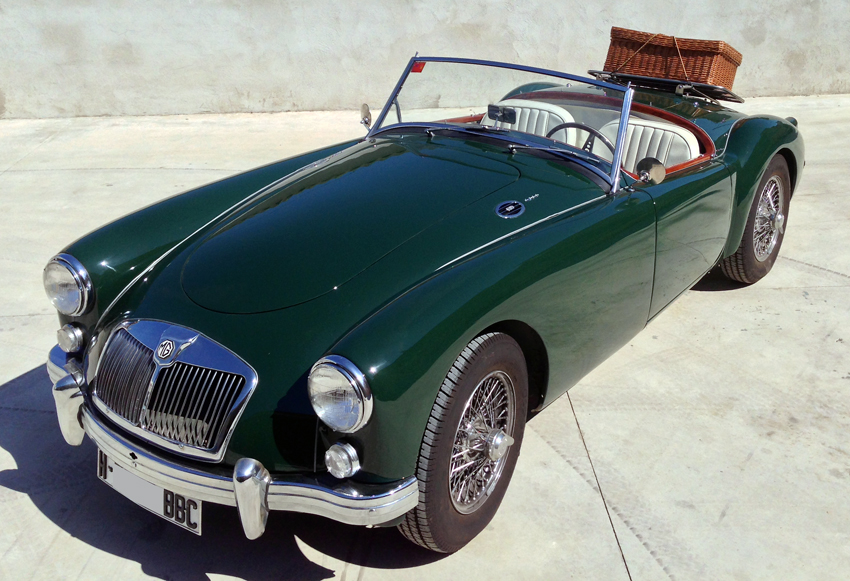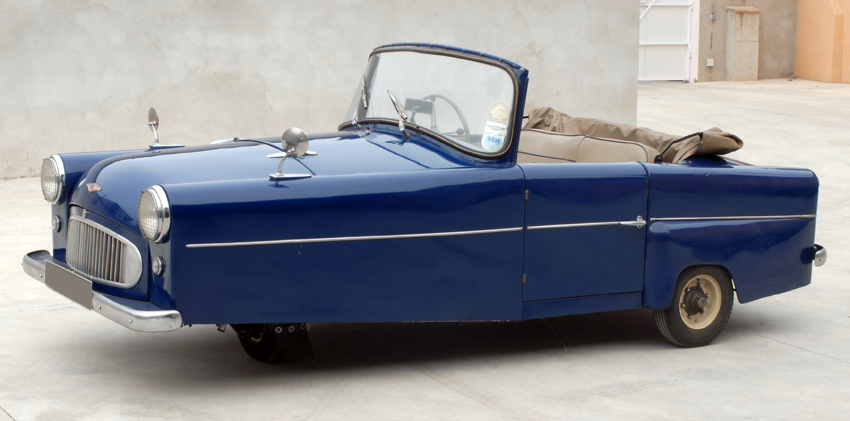No products
Prices are tax excluded
Detailed privacy of the user registry: Here
Legal notice and detailed cookies policy. By continuing to use the site, you accept our use of cookies: Find out more.
 |  |  |
To register a historical vehicle can be converted into a long and complicated process, to avoid this, our comprehensive service offers all types of facilities, such as collection of documentation and information about your vehicle, the tab reduced of technical features, certificate of authenticity and originality, cataloguing as a historical vehicle, MOT for enrolment, obtaining a green plate, transport, obtaining of the definitive documentation and insurance economic.
If you have a car of more than 25 years that has managed to overcome the ITV perhaps you need to start to rethink to register it as a car historical, as the benefits to you are numerous. In addition, you will feel like one of the privileged few who can say that his beloved car has been listed as historic.
What advantages are there to register a car as historic?
Those vehicles which comply with any of the three paragraphs of Article 1 of the Regulation of Historic Vehicles, will be able to access all the benefits of this type of tuition:
We offer a comprehensive service for the registration of all types of vehicles veteran, vintage and postclásicos.
· Comprehensive service of documentation of vehicles veteran, vintage and postclásicos.
· Tabs reduced technical features to vehicles coming from the EEC.
· Find your insurance with the best conditions and price..
· We offer a specialized service to transport your vehicle, whatever its kind and for any need.
What cars can be registered as historical?
In the first place you should know that in order to start these procedures, your vehicle must have more than 25 years and have passed the MOT. The Royal Decree 1247/95 of the 14 of July, by which approves the Regulation of Historic Vehicles collects what they are, conditions, requirements, and documentation that govern their cataloging, as well as inspections and necessary permissions for circulation (without prejudice to the competences of the AUTONOMOUS communities in their statutes of autonomy).
In addition to having passed the MOT, in the decree stipulates that the vehicle must not have undergone technical changes. Also catalogued as such the cars included in the General Inventory of Movable Property of the Spanish Historical Heritage or that have been declared assets of cultural interest. And, of course, the collection vehicles, “which, by its characteristics, uniqueness or scarcity manifests itself, deserve the benefit of the regime of historic vehicles”.
Procedures to convert your car into a vehicle historical
As you might imagine to get your vehicle is a car historical you must pass a series of arduous and long formalities that you are going to explain with detail.
First, it checks that all the requirements are met.
Go to an official laboratory where they will carry out a rigorous inspection. Also part of the documentation that proves their authenticity and their status should be given this time together with the payment of an amount of x euros.
In this laboratory you will be a tab where you set how many time you have to pass the ITV.
Then, you must go to a club classic, or to the workshop of the manufacturer to get a report that proves that peculiarity meets your vehicle. This document will represent approximately x euros.
After this, you should submit the application in your Autonomous Community.
Once approved, head over for an MOT to make you a new card inspection technique where you pick up the new specifications and the restrictions of driving.
With all of the above, acudirás to the Provincial Traffic department, pay x € fee and get the rest of the documentation.
After this long path, you will only have to pick up the new plates and install them on your vehicle.
What is the necessary documentation?
As in any other proceeding in the documentation that you should provide is enough and the process to get one of the papers is tedious. These are all the papers that you'll need to gather:
What drawbacks have to register a car as historic
But it's not all going to be good things, so having a car historical also has a number of drawbacks that you should keep in mind:
As you can see, the documentation required is very large. You will need a lot of time to get everything ready.
You must pay all of these processes. In the end, you will spend more of 1500,00 euros. depending on the autonomous community.
Many times insurance companies will apply restrictions and clauses in the policies (number of kilometres travelled annually, frequency of use or the pathways of circulation).
According to the technical characteristics of the car, the card of technical inspection (ITV) limitations of use (restrictions on movement at night or in adverse weather conditions with reduced visibility.
There are limitations on the road: cars that do not exceed 40 km/h must travel on the hard shoulder and those who do not achieve a minimum speed of 60 km/h may not be moved by motorway or dual carriageway. On certain dates and routes can prohibit the circulation that do not exceed 80 km/h.
Due to their status as historical vehicle, the State may appeal to the new rights acquired on the same, how to apply for an exhibition or event.